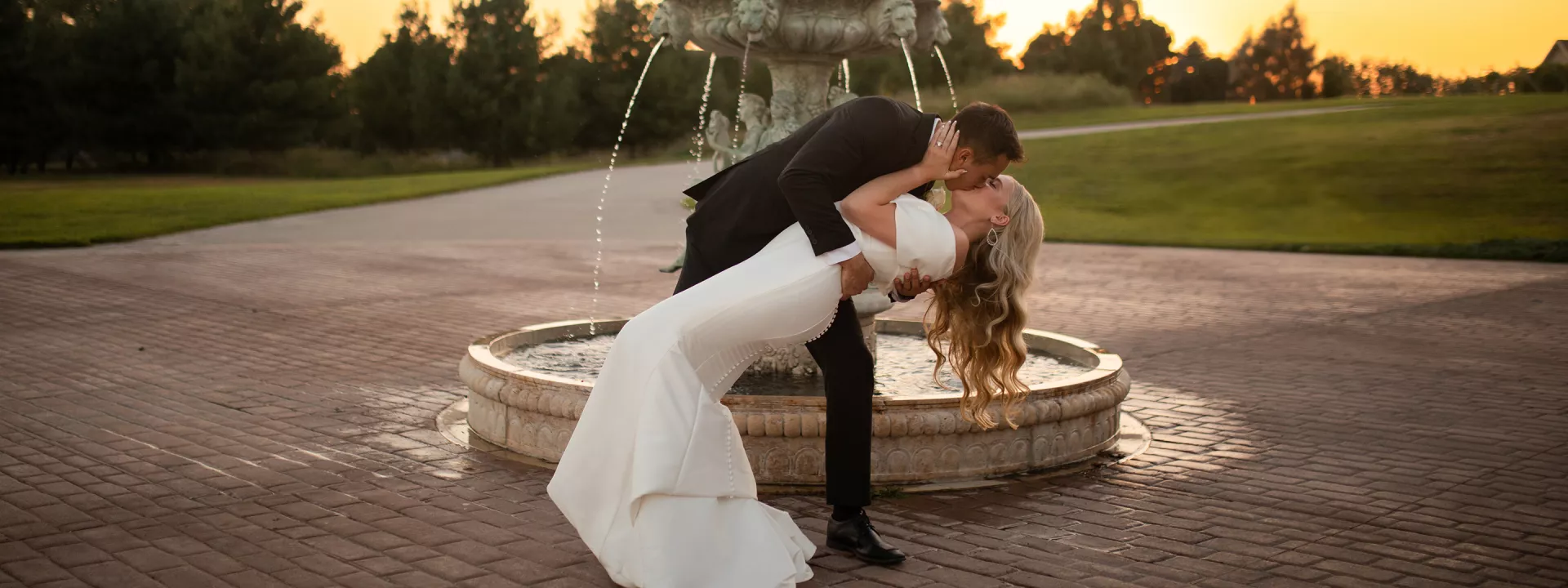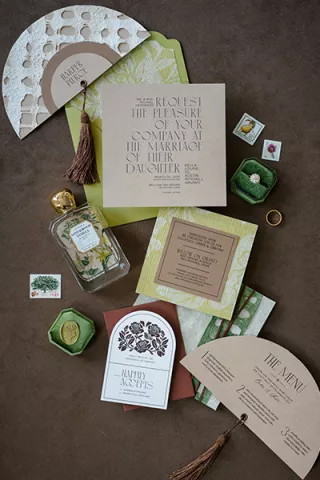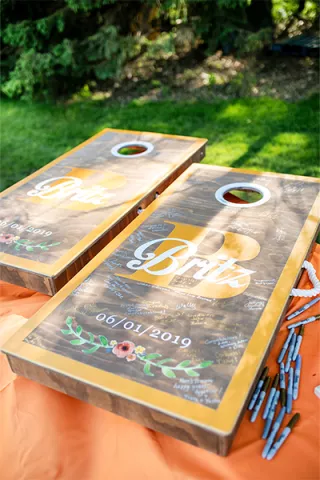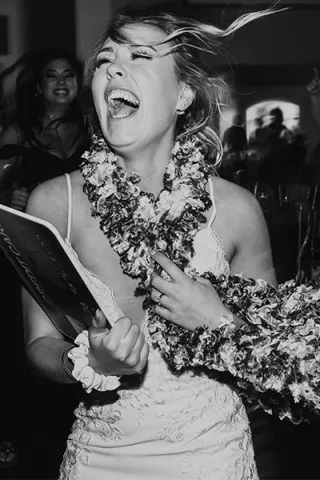One of the biggest challenges couples and their planners face on their wedding day is managing time. With so many moving parts—from getting ready in the morning to the grand send-off at the end of the night—there are countless opportunities for things to get off track. However, with proper planning, you can create a timeline that ensures a smooth flow, reduces stress, and allows you to savor every moment. Here are some of the most common timing mistakes couples make on their big day and how to avoid them.
1. Underestimating Transition Time Between Events
One of the most frequent mistakes couples make is not allocating enough time for transitions between activities. It’s easy to assume that a 10-minute event will take exactly 10 minutes, but when you factor in the time it takes for people to move from one place to another, greet each other, or freshen up, it’s clear that more time is needed.
Building in buffer time for these transitions allows you to accommodate unexpected delays without throwing off the rest of the day’s events. For example, if you need 45 minutes for wedding party photos and 30 minutes for family photos, add a 10-minute buffer in between. This extra time gives you the flexibility to handle anything that comes up, from coordinating with family members to giving the couple a short breather before diving into the next activity.
2. Skipping Early Communication with Vendors
A well-coordinated wedding day relies on the ability of all your vendors to work together seamlessly. Often, couples overlook the importance of sharing their timeline and updates with everyone involved. If one vendor is out of sync, it can cause a ripple effect of delays that impacts the entire day.
Be sure to share your finalized timeline with every vendor, as well as any last-minute updates. This includes your photographer, caterer, DJ or band, florist and anyone else contributing to your event. Early communication ensures that everyone is on the same page, minimizing miscommunications and ensuring a cohesive experience.
3. Not Allocating Enough Time for Getting Ready
It's easy to underestimate how much time hair and makeup will take, especially if you have a large bridal party. Many couples mistakenly allocate too little time for this process, creating a ripple effect of delays that can impact the entire day’s schedule.
To prevent this, create a detailed schedule that breaks down the timing for each person's hair and makeup. Plan for approximately 45-60 minutes per service and include additional time for the bride's final touch-ups. Share this schedule with your beauty team in advance to get their feedback and allow for any adjustments. Don’t forget to include 15-30 minutes of setup and preparation for your beauty team before they get started. Beginning early and staggering appointments will help ensure everyone is ready on time without feeling rushed.
4. Overpacking the Timeline with Too Many Activities
Trying to squeeze in too many events can cause your timeline to become too rigid, leaving no room to adjust if things run behind. This not only adds stress but can make the day feel more like a series of checklists rather than a joyful celebration. The key is to prioritize what’s most important and let go of the smaller things. Focus on the key events, like the ceremony, reception and toasts, and leave space around those for spontaneity. This approach makes the day feel more enjoyable and less like a race against the clock.
5. Not Having Enough Alone Time for the Couple
After the whirlwind of your ceremony, it’s important to carve out a few quiet moments to soak in your first moments as newlyweds. This is a detail that often gets overlooked, as couples rush from the ceremony to taking photos and greeting guests. Planning 10-20 minutes of alone time post-ceremony allows the couple to enjoy the excitement of just getting married before moving on to the next part of the day. Use this time to share a private toast or simply breathe together—these brief moments will become cherished memories. Pro Tip: Ask your catering team to leave a couple of glasses of champagne and hors d'oeuvres in the room where you’ll be spending this time so you can grab a quick bite and toast to being newlyweds! These little touches will make this brief escape even more special and memorable.
6. Waiting Too Long to Order Key Wedding Elements
Many couples make the mistake of leaving important decisions, like ordering wedding rings, apparel, and accessories, until the last minute. Waiting too long to secure these essentials can create complications and added stress as your wedding day approaches. Start the customization process for your wedding bands early to allow time for unique designs, special material inlays, or adding sentimental stones. Similarly, plan to shop for your wedding attire—dresses, suits, and accessories—well in advance. This ensures you have plenty of time for fittings, alterations, and selecting the perfect finishing touches, like shoes, jewelry, and veils.
Booking these key elements 6-9 months ahead will give you peace of mind, ensuring everything is ready and perfect for your big day. The earlier you finalize these details, the fewer last-minute issues you'll face, making the rest of the planning process smoother and more enjoyable.
7. Overlooking Vendor Input on Timing
Your vendors have years of experience and valuable insight into how wedding days typically unfold. Ignoring their advice on timing can lead to unrealistic schedules, delays, and unnecessary stress. Check with each vendor about their expected arrival times and how long they’ll need for setup and execution. This information will help you build a timeline that reflects what’s truly possible. When planning, consider the order of operations, especially for logistical elements like lighting and carpeting, which need to be installed first. Items such as tabletop décor and florals should be scheduled last to avoid interference with larger installations.
Additionally, it’s crucial to create a staggered load-in and load-out schedule for your vendors. Many venues have limited loading dock access, so coordinating these times helps prevent bottlenecks and ensures a smoother setup process for everyone involved.
8. Not Leaving Enough Time for Travel
Whether it’s shuttling guests between ceremony and reception locations or transporting your bridal party for off-site photos, travel time is often underestimated. Remember that traffic, parking, and even gathering people to board transportation can take longer than expected. Add a buffer of 10-15 minutes each way for travel time between venues, and communicate travel plans clearly to everyone involved. This ensures that everyone knows when and where to be, preventing confusion and delays.
9. Forgetting About Vendor Meal Times
Couples sometimes overlook planning meal times for their vendors. Photographers, videographers, DJs, and other team members are often working long hours, so providing them with a meal break keeps them energized and ready to capture your day. Include vendor meal times in your timeline and make sure they’re scheduled at a time when nothing important is happening—such as during dinner service when there’s less activity. This way, vendors won’t miss any critical moments, and you’ll have a happier, more focused team.
10. Not Hiring a Wedding Planner to Manage Your Timeline
The best tip for ensuring your day runs smoothly is to work with a professional wedding planner. Many couples try to manage everything themselves or rely on family and friends, which can lead to misunderstandings and last-minute panic. A wedding planner will help you build a realistic timeline, coordinate with vendors, and handle any unexpected changes on the day of the event. With a planner managing the logistics, you can focus on enjoying your day and making unforgettable memories with your loved ones.
Photo courtesy of Bella Terre Vineyard & Reception Hall















